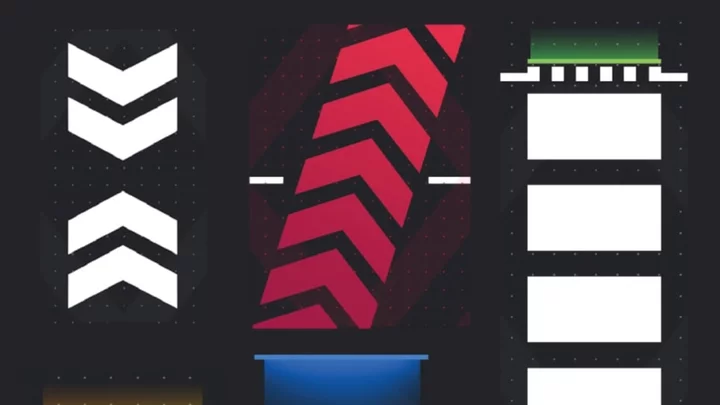Crosswalks are an often-neglected part of urban design; they’re usually just white stripes on dark asphalt. But recently, they’re getting more exciting—and safer—makeovers. In the Netherlands, there is a glow-in-the-dark crosswalk. In western India, there is a 3D crosswalk. And now, in London, there’s an interactive LED crosswalk that changes its configuration based on the situation, as reports.
Created by the London-based design studio Umbrellium, the Starling Crossing (short for the much more tongue-twisting STigmergic Adaptive Responsive LearnING Crossing) changes its layout, size, configuration, and other design factors based on who’s waiting to cross and where they’re going.
“The Starling Crossing is a pedestrian crossing, built on today’s technology, that puts people first, enabling them to cross safely the way they want to cross, rather than one that tells them they can only cross in one place or a fixed way,” the company writes. That means that the system—which relies on cameras and artificial intelligence to monitor both pedestrian and vehicle traffic—adapts based on road conditions and where it thinks a pedestrian is going to go.
Starling Crossing - overview from Umbrellium on Vimeo.
If a bike is coming down the street, for example, it will project a place for the cyclist to wait for the light in the crosswalk. If the person is veering left like they’re going to cross diagonally, it will move the light-up crosswalk that way. During rush hour, when there are more pedestrians trying to get across the street, it will widen to accommodate them. It can also detect wet or dark conditions, making the crosswalk path wider to give pedestrians more of a buffer zone. Though the neural network can calculate people’s trajectories and velocity, it can also trigger a pattern of warning lights to alert people that they’re about to walk right into an oncoming bike or other unexpected hazard.
All this is to say that the system adapts to the reality of the road and traffic patterns, rather than forcing pedestrians to stay within the confines of a crosswalk system that was designed for car traffic.
The prototype is currently installed on a TV studio set in London, not a real road, and it still has plenty of safety testing to go through before it will appear on a road near you. But hopefully this is the kind of road infrastructure we’ll soon be able to see out in the real world.
[h/t Fast Company]
This article was originally published on www.mentalfloss.com as These LED Crosswalks Adapt to Whoever Is Crossing.

